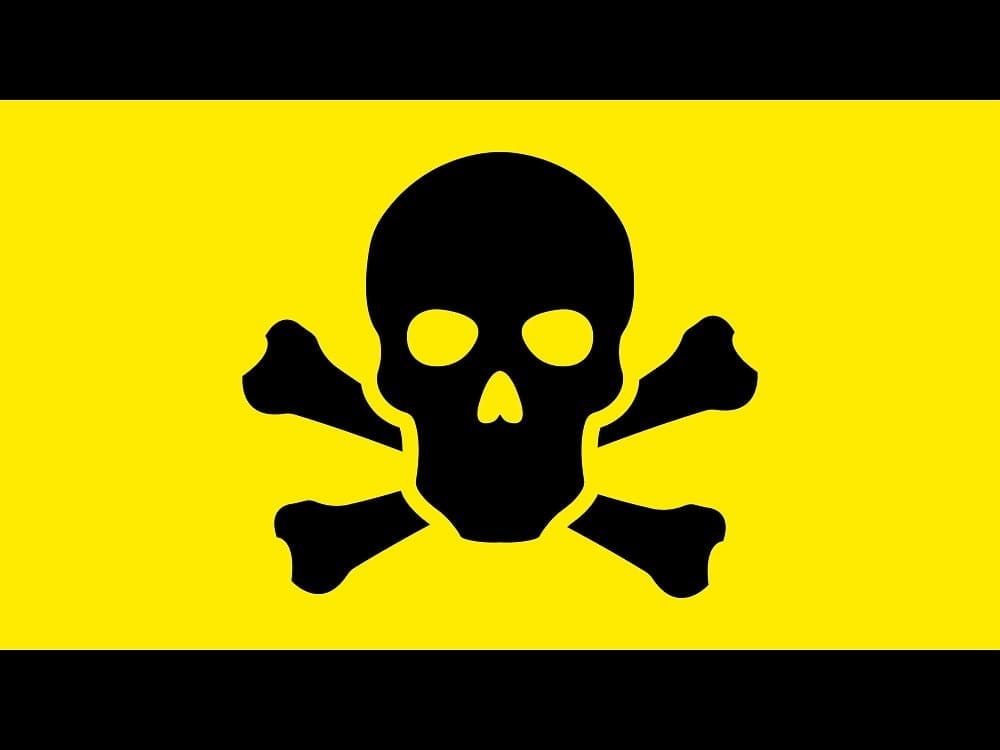Making Your Workplace a Harassment-Free Zone
Too many workplaces have allowed sexual harassment to continue unchecked for years. In some cases, company executives have been the worst perpetrators of these toxic cultures. Companies that fail to take notice and make changes have set themselves up for internal upheaval and legal claims that may threaten the business. Fortunately, employers can turn toxic cultures around by following four simple steps.
What started in July 2016 with Gretchen Carlson’s sexual harassment lawsuit against Fox News CEO Roger Ailes has snowballed over the last two years into hundreds of similar allegations against politicians, entertainers, media personalities and corporate executives. Recent admissions have revealed that some organizations’ leaders knowingly allowed workplace harassment to continue unchecked for years. Only now – as terminations and calls for resignations reverberate – have these workplaces begun re-evaluating their policies and training to effect an overall change in workplace culture.
If your company has not already begun examining its organizational environment and policies to ensure a harassment-free workplace, the time is now.
Creating a Respectful Workplace
Establishing a safe and professional workplace for all employees requires commitment to that standard from the top down. The owner and other leaders must both set the example and insist that everyone associated with the company adhere to these ideals.
These additional steps will create a healthy workplace – and also help protect the company against a harassment lawsuit:
- Have a comprehensive anti-harassment policy in place, and make sure it aligns with the contemporary legal landscape. Recent court decisions have placed greater responsibility on employers for policies that address sexual harassment more realistically and thoughtfully. At a minimum, your policy should state zero tolerance for sexual harassment in any form and should provide multiple avenues for reporting actual or suspected harassment.
- When new employees join the company, distribute the policy as part of the onboarding process, and require them to sign an acknowledgment of receipt. A supervisor or HR representative should take time to describe the policy and clearly explain the organization’s zero-tolerance philosophy. Over time, remind employees of their rights and responsibilities by redistributing the policy in an email or memo from company leadership, posting it in high-traffic areas and referencing it in staff meetings.
- Train employees on proper workplace conduct and the importance of tolerance and mutual respect. Company policies are meaningless unless employees understand and abide by them. Training should include specific examples of conduct that would run afoul of your standards and should include content designed to instill empathy and an appreciation for diversity in the workplace.
- Educate managers about how to create a culture in which harassing conduct is simply not tolerated. Managers should model good behavior and immediately address any potentially harassing behavior they witness or hear about, even if it appears no harm is occurring. Victims often pretend to “go along” with the harassment to protect their jobs, but will welcome intervention that makes the behavior stop. Managers must not excuse inappropriate behavior as “Joe just being Joe” or look the other way because a friend is the person exhibiting the misconduct.
Investigating a Harassment Report
If your company receives a sexual harassment report despite your efforts to prevent such conduct, assure the reporting employee the company will take the complaint seriously – and then do so. Prioritize the investigation. The longer you wait, the more likely the situation is to cause workplace disruption and, potentially, turn into a lawsuit. Investigations should be conducted by human resources employees who have been trained in how to complete a thorough inquiry. If your company does not have a human resources department with expertise to lead the inquiry, consider bringing in a third party who will conduct the probe.
At a minimum, any sexual harassment investigation should include the following steps:
- Ask for – but do not demand – a written statement from the victim. While not mandatory, it can help capture details of the accusation. However, never terminate the investigation merely because the victim does not want to put a complaint in writing.
- Ask the victim for the names of any employees who may have information or knowledge regarding the harassing conduct or the alleged harasser. Interview each person the victim names as a possible witness – and obtain written statements if possible.
- Interview the alleged offender and witnesses who work around both the reporting employee and the alleged wrongdoer. Ask witnesses if they’ve ever seen the accused employee do or say something inappropriate. You may learn that witnesses have observed inappropriate behaviors over a period of years. That information is relevant to the inquiry.
- Take notes during interviews, staying focused on objective information. The story being told at any given time can appear to be the most truthful, but no conclusions should be drawn until the investigation is complete.
- If the sexual harassment report includes exchanges of photos, texts or emails, secure and review these communications. At a minimum, ask the victim to send you screenshots of any text messages exchanged with or sent by the alleged offender.
- Involve other management-level employees in reviewing the facts and determining whether the company’s zero-tolerance policy was violated to ensure an objective and unbiased decision.
- If the investigation substantiates the victim’s allegations, take action sufficient to ensure the behavior is not reasonably likely to occur again. If the complaint involves mild misconduct, it might be enough to give the accused employee a documented verbal warning with an acknowledged reminder of the sexual harassment policy and additional training on workplace conduct. In more severe situations, the only reasonable response is termination.
Honestly re-evaluating your company’s culture will ensure you are providing a safe and respectful working environment. While not easy, the process will make your business stronger by freeing every employee to achieve the company’s goals without fear of inappropriate interference.



 Melody Rayl is a partner in the Kansas City office of national labor and employment law firm
Melody Rayl is a partner in the Kansas City office of national labor and employment law firm 






